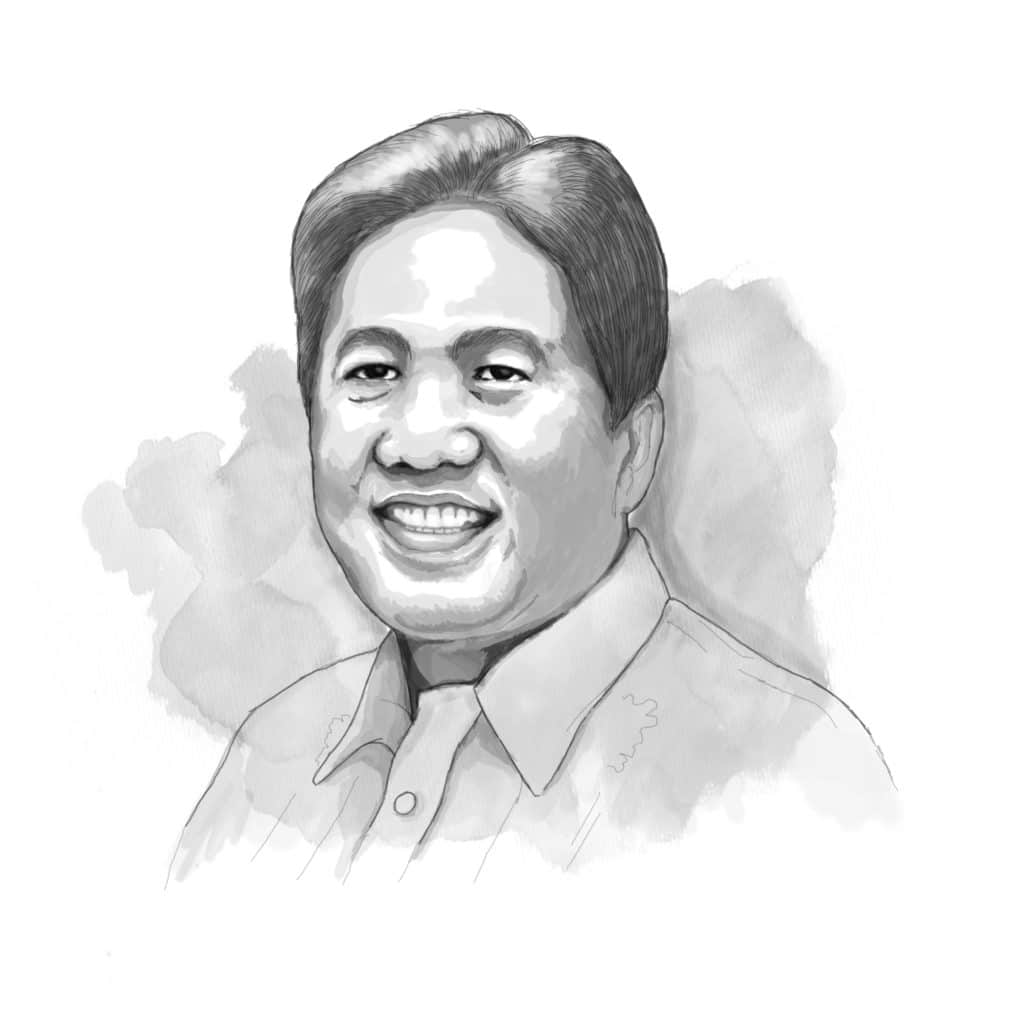ENDEAVOR

Where were you when martial law was declared in the Philippines in September 1972?
This is a query that could be answered by those like me who were college students in the preceding years, 1969, 1970, and 1971, when I was a freshman, sophomore, junior and senior at the University of the Philippines in Diliman.
I am one of 20 co-authors of SERVE, a book written by friends who shared common experiences in that phase of the nation’s history. We launched the book last weekend, so I can’t help but bring back the deeply etched memories of those years.
My graduation into adulthood was fast-tracked by my initiation into student activism. Barely into my sophomore year, I became immersed in protest actions that railed against systemic ills afflicting the nation arising from foreign domination of the economy, and vestiges of feudalism that were rooted in the unfortunate legacy of colonialism.
What I missed out on in terms of fun and leisure, I recouped in greater measure in terms of gaining a better understanding of social realities. The quality of friendship I developed with fellow student activists was bonded in the crucible of shared experience in daring to challenge the status quo.
Particularly memorable were our days and nights of doing presswork for our student newspaper, the Philippine Collegian, at the Liwayway printing press on Florentino Torres Street, a stone’s throw away from Sta. Cruz Church and the old Manila Times building. We had coffee and midnight snacks with veteran newspaper editors such as Amando Doronila and Eddie Monteclaro. Even the workers in Liwayway actively engaged us in spirited conversations as they, too, were concerned about what ailed Philippine society – a reality they experienced first-hand as members of the working class.
Rey Vea and Ed Gonzalez, both engineering students, were the two editors with whom I served. We published in the Collegian long-form articles by Renato Constantino, the foremost nationalist author, such as “Veneration Without Understanding” and the “Miseducation of the Filipino.” He also introduced us to the progressive thoughts of Claro Mayo Recto.
The Collegian chronicled the Diliman Commune, a two-week period in February 1971. I still remember how it all begun. On a sunny morning, we gathered at University Avenue, not too far from The Oblation statue in front of Quezon Hall where the UP President held office. We placed an improvised barrier so that vehicles would slow down, and we could distribute our manifestoes in which we appealed for solidarity with jeepney, and public transport drivers weighed down by another round of oil price increases.
One of those flagged down was the car of a UP faculty member (whose name I am withholding out of respect to his heirs) who was known to be hostile against the holding of student demonstrations and campus teach-ins. Inexplicably, he alighted from his car, holding what looked like a rifle and to our surprise, started firing away. We ran, ducked, and scampered for safety. When the smoke cleared, 16-year-old Pastor “Sonny” Mesina, Jr., a freshman student, lay fatally wounded. His elder brother Art was my fellow UPSCAn at the UP Student Catholic Action; his elder sister Sylvia was also a UP student.
Later that day, anti-riot squads of the Quezon City police department raided the UP Diliman campus, throwing smoke canisters inside the Kamia and Sampaguita dormitories being occupied by female students. These incidents galvanized the solidarity of the UP Community – students, faculty, administration and non-academic personnel – who expressed outrage at the harsh methods employed by the police to quell peaceful assembly and free expression. They were led by their president, Dr. Salvador P. Lopez. Here is an account from Wikipedia:
“During the (Diliman Commune), Lopez called on all UP students, faculty, and employees to defend the university and its autonomy from Marcos's militarization, as the military sought to occupy the campus in search of alleged leftists, activists, and other opponents of the regime. Due to his defense of UP’s autonomy and democracy, many considered him a progressive and a militant member of the UP academe.”
My involvement in student activism was not borne out of “indoctrination” as alleged by denizens of anti-communism. Together with my colleagues in the UP Student Council, I endeavored to persuade our fellow students to join protest actions out of reasoned dissent against social maladies that they themselves witnessed and experienced.
The harshness of the reality of fascism was demonstrated concretely in the shooting of Sonny Mesina and the smoke bombing of the Kamia and Sampaguita female student dormitories.
I did not have to be a member of any “radical” student organizations to believe in such reality. I just needed to apply my own sense of what was right or wrong, as I had been educated by the Salesians of Don Bosco in my elementary and high school days. This was reinforced by my involvement in UPSCA that heightened my social awareness.
I was also exposed to the theology of liberation espoused by Gustavo Gutierrez, a Peruvian Catholic theologian. Gutierrez asserted that “the Church cannot separate itself from economic and political realities, as exemplified by Jesus Christ who showed his love for the poor in practical ways – healing the sick, feeding the hungry, liberating the oppressed.”
To Serve the People is a belief borne out of faith and fidelity to the two greatest commandments: “Thou shall love the Lord your God with all your heart, and with all your soul, and with all your mind.” This is the greatest and first commandment. And the second is like it: “You shall love your neighbor as yourself.” (Matthew 22:35-40)